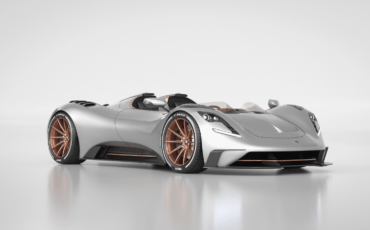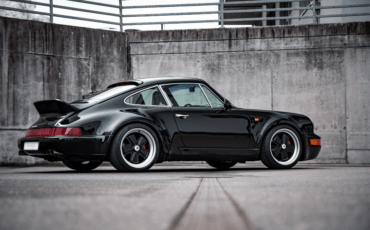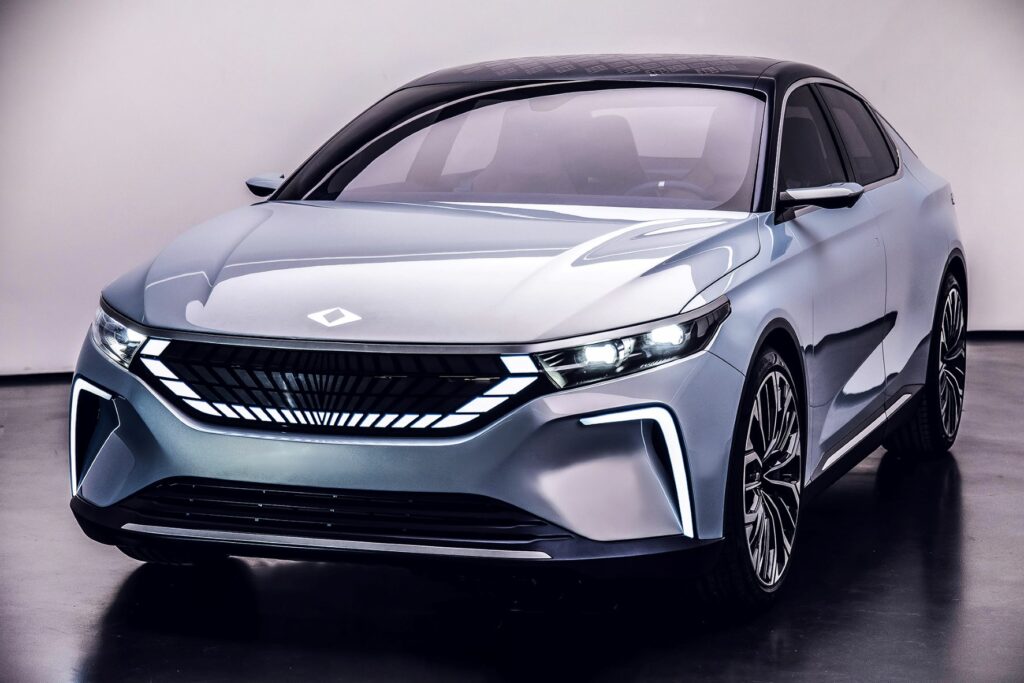
Visionary concept cars and futuristic experiences, but also cars ready for series production: at CES 2022, Pininfarina offers a comprehensive look at the mobility of tomorrow.
The Consumer Electronics Show (CES), which opens today in Las Vegas, is the world’s leading trade show for consumer electronics. Pininfarina has the opportunity to present its strong commitment to exterior, interior and UX design applied to sustainable mobility through strategic partnerships such as TOGG and Vinfast.
The Smart Concept by TOGG
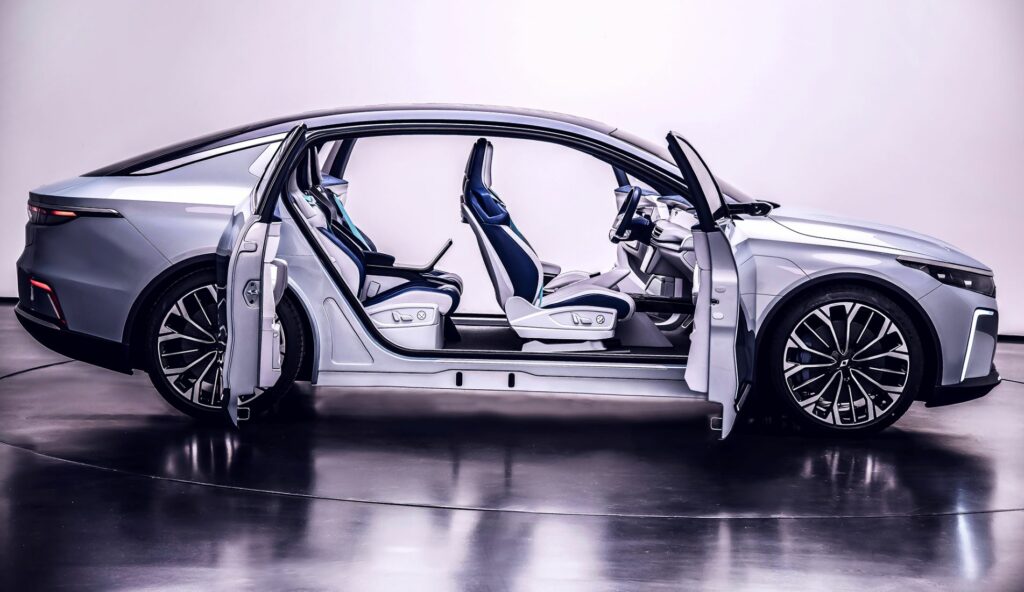
The Smart Concept, designed under the direction of the TOGG Design Team led by Murat Günak in collaboration with Pininfarina as a strategic partner, is a dynamic and innovative fastback that maintains the stylistic characteristics of TOGG’s DNA. The stylistic concept is based on the upcoming C-SUV 2023 model, unveiled in preview in Turkey on December 27, 2019. The illuminated TOGG logo on the hood, an exclusive design feature of this model, symbolizes the union between East and West. For the interior design, great attention was paid to the user experience. To reveal its innovative approach to mobility, what TOGG is presenting is not just a vehicle but a whole set of products and services, a single mobility ecosystem, called USECASE Mobility®, which integrates a wide range of solutions.
The interior, developed with a design approach typical of SUVs, shows a sporty and elegant steering wheel and four individual seats – the front ones in light color leather, the rear ones in dark leather – with integrated turquoise seat belts to emàphasize not only the electrification but also the brand’s DNA. The doors have a °book opening° system without a B pillar. The car is metallic gray with purple and indigo accents.
The VinFast VF e35 and VF e36
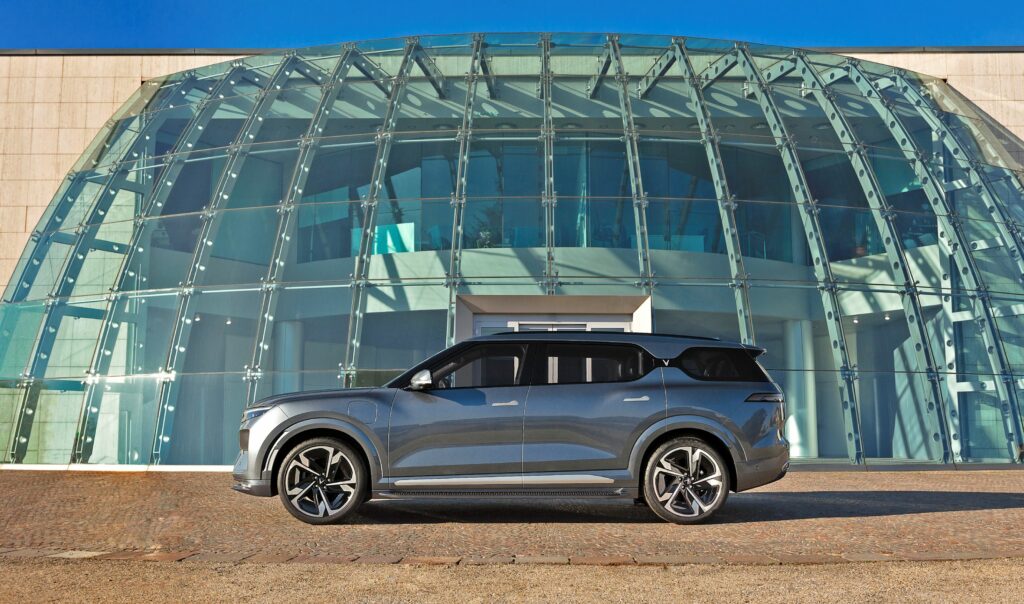
VinFast will present its complete range of electric vehicles consisting of five models with which it enters the A-B-C-D-E segments, including the two new models VF e35 and VF e36, designed by Pininfarina and recently unveiled at the Los Angeles Auto Show. The VinFast design team and renowned Pininfarina design studio use a modern design language that combines smooth curves, crisp lines and bold finishes, harmonized in an eye-catching style. These seductive combinations create a style called “Dynamic Balance”, which gives the design power and forward motion. In addition, the interiors are created with an eye on comfort, luxury and the driving experience.

